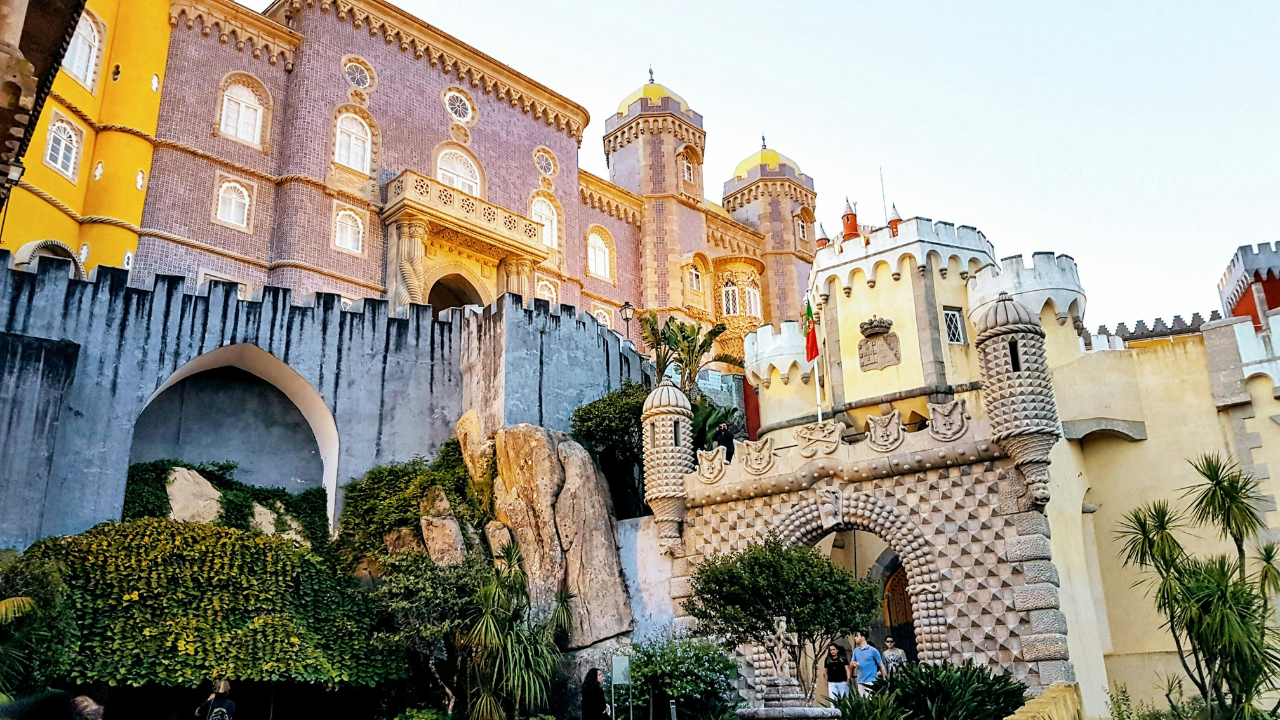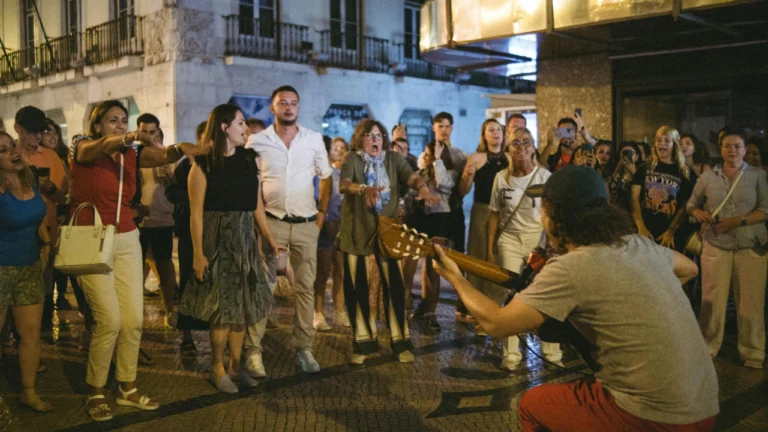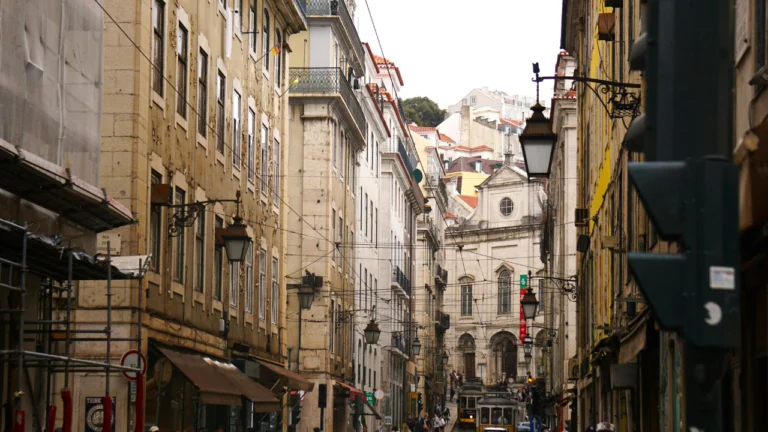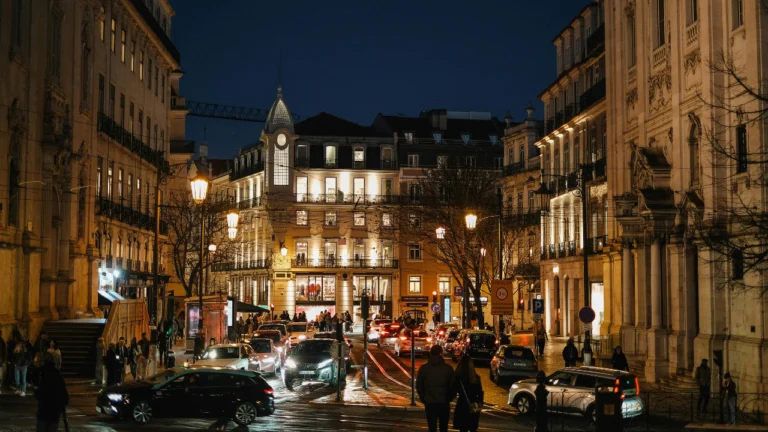Moorish Lisbon Historical Tours You’ll Love
Last updated on October 2, 2025 at 11:53:52
Three weeks ago, my son Theo found a piece of green ceramic tile while digging in our building’s courtyard garden. Our landlord, Senhor Fonseca, took one look and whistled low. “Moorish,” he said, turning it over in his weathered hands. “Probably 900 years old. They’re everywhere if you know how to look.” That fragment of medieval pottery now sits on our kitchen windowsill, a daily reminder that we’re living atop layers of forgotten civilizations exactly the kind of history brought to life on Moorish Lisbon Historical Tours.
Since moving part-time to Alfama from Brighton, I’ve become something of an accidental archaeologist. Not the Indiana Jones type more like the dad who stops mid-school-run because the morning light hits an archway just right, revealing carved stars that have been there for a millennium. My family has learned to budget extra time for what my wife calls my “Moorish moments.”
The Untold Islamic Chapter of Lisboa
Picture this: while medieval London was struggling with basic sanitation, Al-Ushbuna (Moorish Lisbon) had public bathhouses with hot and cold running water. For 433 years, from the eighth to the twelfth century, this wasn’t a Christian capital but a sophisticated Islamic city where Jewish scholars, Muslim poets, and Christian merchants created Europe’s first truly multicultural metropolis.
The mindblowing part? The Moors built Lisbon to breathe. Every crooked alley, every unexpected corner, every mysteriously angled building serves a purpose. They created urban air conditioning using nothing but geometry and wind patterns. Walking these streets in August, when tourists wilt in the heat, you’ll find cool pockets of air exactly where Moorish architects planned them nine centuries ago.
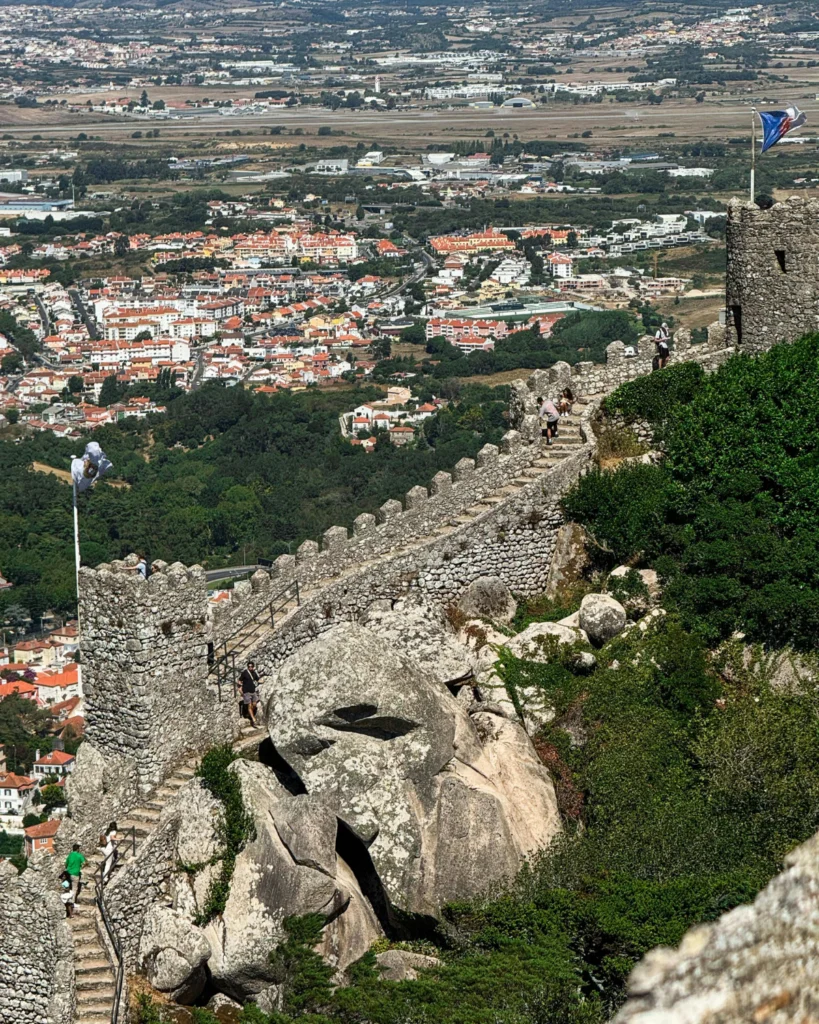
Moorish Lisbon Historical Tours Treasures Hiding in Plain Sight
The Castle Is Just the Beginning
Everyone photographs Castelo de São Jorge, but they miss the best part. Behind the café, there’s an unmarked wooden door. Push it open (it’s public, just forgotten), and you’ll find the original Moorish governor’s private garden layout, complete with irrigation channels carved into bedrock. Last Tuesday, I brought Lena here for her homeschool history lesson. She spent an hour tracing water channels with her fingers, understanding hydraulic engineering through touch.
My Secret Moorish Lisbon Database
| Location | The Moorish Secret | How to Find It |
|---|---|---|
| Escadinhas de São Crispim | Prayer niche (mihrab) built into wall | Count seven steps up, look left at knee height |
| Rua do Vigário (no. 12) | Original 10th-century door frame | Behind the bougainvillea—owner Antonio loves to chat about it |
| Sé Cathedral cloister | Recycled mosque columns | Third pillar from entrance—see the Arabic inscription at the base? |
| Cerca Velha wall segment | Moorish builders’ marks | Sunrise reveals them best (geometric signatures) |
The Perfect Moorish Discovery Walk (Kid-Tested, Parent-Approved)
After dozens of attempts to find the ideal route (including one memorable afternoon when we got so lost that we discovered an entirely different neighborhood), here’s what actually works:
- Begin at Rossio Station (8:45 AM) – Look up at the horseshoe windows. This 19th-century station deliberately copied Moorish design. Grab pastéis de nata from Confeitaria Nacional—the cinnamon tradition comes straight from medieval Islamic bakeries.
- Walk up Calçada do Carmo (9:15 AM) – This impossible slope? Moorish engineers designed it as a defensive approach that exhausted invaders. You’re experiencing medieval military strategy with every burning calf muscle.
- Enter through Porta de Martim Moniz (9:45 AM) – Not the square, but the actual gate location (Rua da Palma/Rua do Arco do Marquês corner). Close your eyes. This is where medieval travelers would first smell the spices, hear the Arabic calls, feel the city change.
- Weave through Mouraria’s heart (10:15 AM) – Skip the main drags. Take Beco do Rosendo, then Rua do Capelão. These zigzag patterns aren’t random—they’re designed to confuse invaders and create defensive positions.
- Alfama via the water route (11:00 AM) – Follow Rua dos Remédios down. Every public fountain you pass marks a Moorish water distribution point. The entire neighborhood is essentially a medieval water management system that still works.
- End at Casa dos Bicos (12:30 PM) – That spiky facade? Built directly over the Moorish river gate. The foundation stones downstairs are original Islamic construction—you can touch buildings that touched the medieval river.
Living Culture on Moorish Lisbon Historical Tours
My favorite discovery happened at our local tasca. The owner, Dona Amélia, serves a chickpea stew every Thursday. When I mentioned it reminded me of North African cuisine, she laughed. “My grandmother’s grandmother’s recipe,” she said. “We just never stopped making it.” That’s Moorish Lisbon in a nutshell—not preserved in museums but simmering in neighborhood kitchens.
The Portuguese language itself is a treasure map of Moorish influence. “Azeitona” (olive)? Arabic. “Garrafa” (bottle)? Arabic. “Até” (until)? You guessed it. My kids now play a game spotting Arabic words hiding in Portuguese. Current record: fourteen in one day.
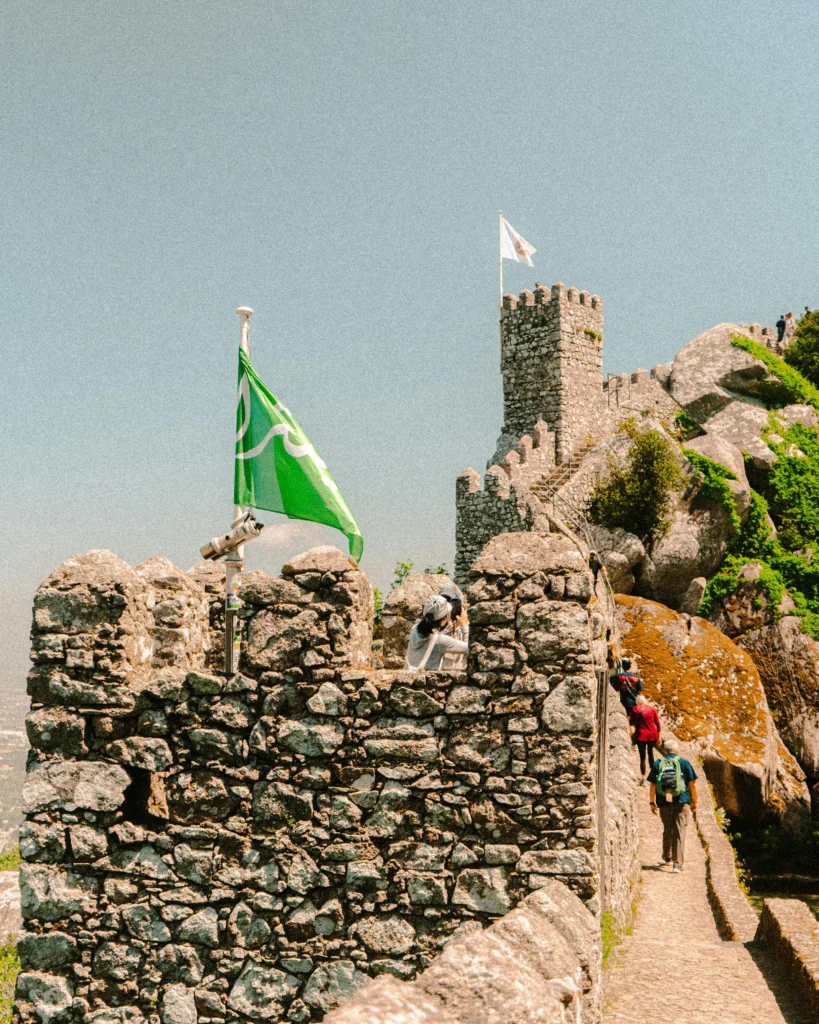
Hard-Won Wisdom From Five Years of Exploration
Trust me on these insights because I’ve learned each one the uncomfortable way. Those romantic cobblestones become ice rinks after rain—I have the bruises to prove it. That “shortcut” through Alfama that Google suggests? It’s actually someone’s private courtyard (learned that one with profound embarrassment). The best time to explore is 7 AM Sunday when the only sounds are church bells and seagulls.
Bring water but know that the Chafariz del Rei fountain is potable—locals fill bottles there daily. Wear shoes you can destroy; Moorish-era streets eat footwear. Most importantly, when elderly residents see you studying architectural details, smile and say “patrimonio bonito” (beautiful heritage). They’ll often invite you in to see Moorish details inside their homes that no tour guide knows exist.
Why These Streets Change How You See Everything
Yesterday evening, as golden light flooded our narrow street, Theo grabbed my hand. “Papa,” he said, “the Moors made it beautiful on purpose, didn’t they?” He’s five. And he gets it. These weren’t just conquerors or occupiers. They were artists, engineers, dreamers who believed paradise could be built with mathematics and stone.
Living amongst these Moorish whispers has taught my children that beauty comes from unexpected meetings, that history isn’t about winners and losers but about what remains when cultures dance together, even unwillingly. Every twisted street tells that story.
What Moorish magic have you discovered in Lisbon? Did you find the mihrab on São Crispim? Or maybe you’ve spotted Arabic inscriptions I’ve walked past a hundred times? Drop your discoveries below—I read every comment with my morning espresso, and the most intriguing ones become our family’s next weekend mission. My kids are already making lists of places to investigate!
FAQs Moorish lisbon historical tours
What did Moorish Muslims believe in?
Moorish Muslims followed Islam, believing in one God (Allah) and the teachings of the Prophet Muhammad.
Who owned the Moors?
The Moors weren’t “owned” they were a people of North African origin who ruled parts of Spain and Portugal for centuries.
What does Moorish mean?
“Moorish” refers to the culture, art, and influence of the Moors, especially seen in architecture, design, and traditions.
Where can you find Moorish quarters?
You’ll find Moorish quarters in old towns of Spain and Portugal, with narrow streets, arches, and courtyards reflecting their legacy.

